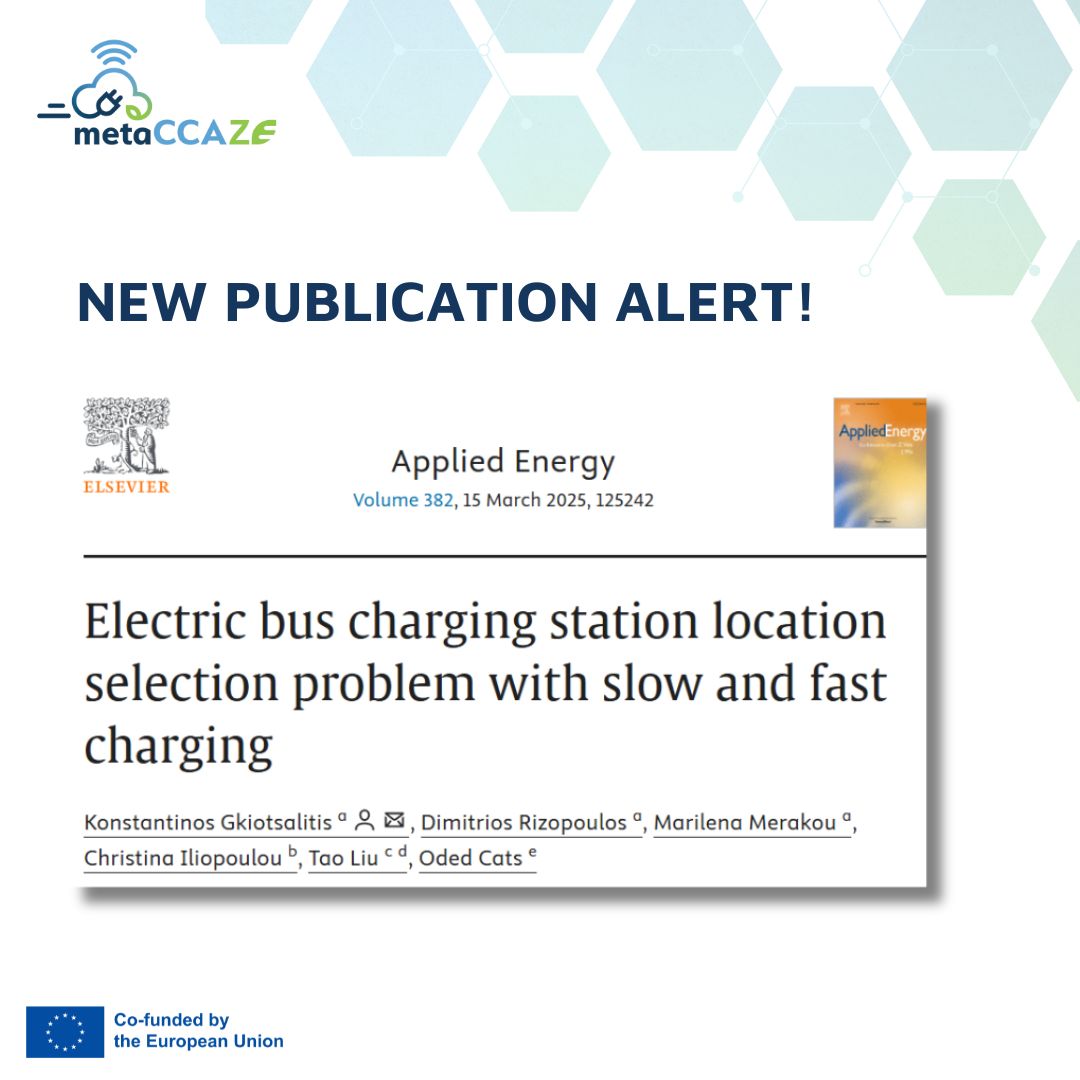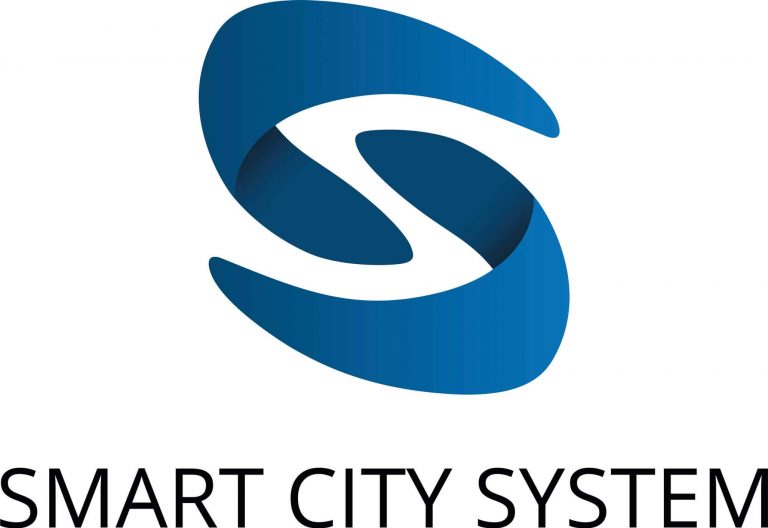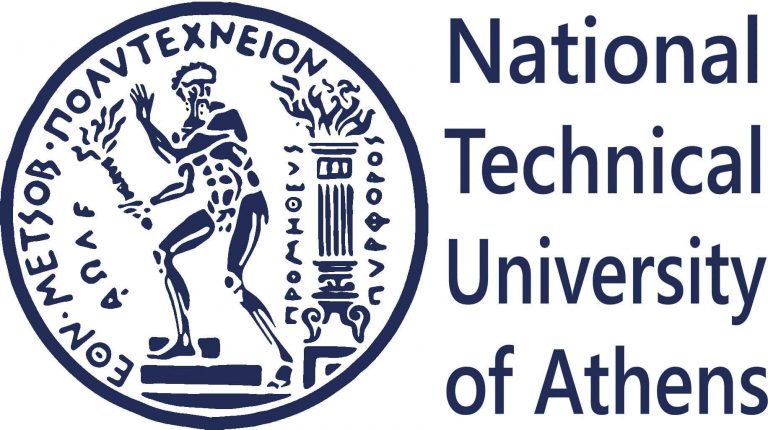As cities race to replace polluting diesel buses with cleaner electric ones, the National Technical University of Athens (NTUA) has published a new research article addressing a critical challenge in the transition to electric public transport: where to place charging stations for electric buses.
The new study introduces a model that helps city planners figure out where to place electric bus charging stations for maximum efficiency and cost savings. The model takes into account key factors like how far a bus has to travel (without passengers) to reach a charging station after finishing its route, as well as the type of charger needed, either slower, cheaper ones or fast chargers that cost more but work quicker.
Explored in the Athens Municipal area, the model can handle large transport systems involving thousands of bus trips and hundreds of potential charging locations. It models complex day-to-day bus operations and provides the respective decision support, so that cities can make long-term, strategic decisions.
Publication Details
Gkiotsalitis, K., Rizopoulos, D., Merakou, M., Iliopoulou, C., Liu, T., & Cats, O. (2025). Electric bus charging station location selection problem with slow and fast charging. In Applied Energy (Bd. 382). metaCCAZE. Horizon Europe Grant No. 101139678. https://doi.org/10.1016/j.apenergy.2024.125242
All metaCCAZE publications are available on our Zenodo community here.
About NTUA
The Department of Transportation Planning and Engineering at the National Technical University of Athens (NTUA) is a globally recognised center of excellence in transport research and innovation. Its mission is to educate transport engineers and advance science in transport planning and engineering. In metaCCAZE, NTUA is the technical coordinator and leads WP2, focused on developing an open, smart toolkit that integrates electrification, automation, and connectivity to support zero-emission shared mobility systems.















